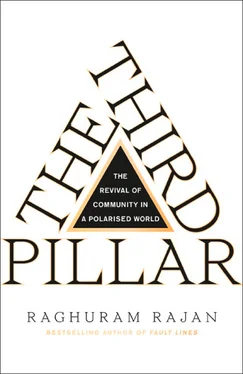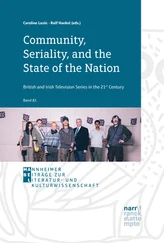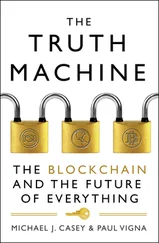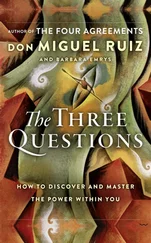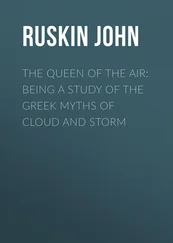I will argue that many of the economic and political concerns today across the world, including the rise of populist nationalism and radical movements of the Left, can be traced to the diminution of the community. The state and markets have expanded their powers and reach in tandem, and left the community relatively powerless to face the full and uneven brunt of technological change. Importantly, the solutions to many of our problems are also to be found in bringing dysfunctional communities back to health, not in clamping down on markets. This is how we will rebalance the pillars at a level more beneficial to society and preserve the liberal market democracies many of us live in.
DEFINITIONS
To avoid confusion later, let us get over the tedious but necessary issue of definitions quickly. Broadly speaking, the state in this book will refer to the political governance structure of a country. In much of this book, it will refer to the federal government. In addition to the executive branch, the state will also include the legislature and the judiciary.
Markets will include all private economic structures facilitating production and exchange in the economy. The term will encompass the entire variety of markets, including the market for goods and services, the market for workers (the labour market), and the market for loans, stocks, and bonds (the capital or financial market). It will also include the main actors from the private sector, such as businesspeople and corporations.
According to the dictionary, a community ‘is a social group of any size whose members reside in a specific locality, share government, and often have a common cultural and historical heritage’. 2This is the definition we will use, with the neighbourhood (or the village, municipality, or small town) being the archetypal community in modern times, the manor in medieval times, and the tribe in ancient times. Importantly, we focus on communities whose members live in proximity – as contrasted with virtual communities or national religious denominations. We will view local government, such as the school board, the neighbourhood council, or town mayor, as part of the community. A large country has layers of government between the federal government (part of the state) and the local government (part of the community). In general, we will treat these layers as part of the state. Finally, we will use the terms society, country, or nation interchangeably as the composite of the state, markets, communities, people, territory, and much else that compose political entities like China or the United States.
WHY THE COMMUNITY STILL MATTERS
Definitions done, let us get to substance. For early humans the tribe was their society – their state, markets, and community rolled into one. It was where all activities were conducted, including the rearing of children, the production and exchange of food and goods, and the succour of the ill and the elderly. The tribal chief or elders laid down the law and enforced it, and commanded the tribe’s warriors in defense of their lands. Over time, as we will see in Part I of the book, both markets and the state separated from the community. Trade with more distant communities through markets allowed everyone to specialise in what they were relatively good at, making everyone more prosperous. The state, aggregating the power and resources of the many communities within it, not only regulated markets but also enforced the law within its political boundaries, while defending the realm against aggressors.
Markets and the state have not only separated themselves from the community in recent times but have also steadily encroached on activities that strengthened bonds within the traditional community. Consider some functions the community no longer performs. In frontier communities, neighbours used to help deliver babies; today most women check into a hospital when they feel the onset of childbirth. They naturally prefer the specialist’s expertise much more than they value their neighbour’s friendly but amateurish helping hand. On a more mundane level, we used to offer to take our elderly neighbour shopping because she did not have a car. Today, she orders her groceries online. Similarly, the community used to pitch in to rebuild a household’s home if it caught fire; today the household collects its fire insurance payment and hires a professional builder. Indeed, given the building codes in most developed countries, it is unlikely that a home reconstructed by neighbours would be legal.
The community still plays a number of important roles in society. It anchors the individual in real human networks and gives them a sense of identity; our presence in the world is verified by our impact on people around us. By allowing us to participate in local governance structures such as parent-teacher associations, school boards, library boards, and neighbourhood oversight committees, as well as local mayoral or ward elections, our community gives us a sense of self-determination, a sense of direct control over our lives, even while making local public services work better for us. Importantly, despite the existence of formal structures such as public schooling, a government safety net, and commercial insurance, the goodness of neighbours is still useful in filling in gaps. When a neighbouring engineer tutors our son in mathematics in her spare time, or the neighbourhood comes together in a recession to collect food and clothing for needy households, the community is helping out where formal structures are inadequate. Given the continuing importance of the community, healthy modern communities try to compensate for the encroachment of markets and the state with other activities that strengthen community ties, such as social gatherings and neighbourhood associations.
Economists Raj Chetty and Nathaniel Hendren attempt to quantify the economic impact of growing up in a better community. 3They examine the incomes of children whose parents moved from one neighbourhood into another in the United States when the child was young. Specifically, consider neighbourhood Better and neighbourhood Worse. Correcting for parental income, the average incomes of children of longtime residents when they become adults is one percentile higher in the national income distribution in neighbourhood Better than it is in neighbourhood Worse. Chetty and Hendren find that a child whose parents move from neighbourhood Worse to Better will have an adult income that is, on average, 0.04 percentile points higher for every childhood year it spends in Better. In other words, if the child’s parents move when it is born and they stay till it is twenty, the child’s income as an adult will have made up 80 per cent of the difference between the average incomes in the two neighbourhoods.
Their study suggests that a child benefits enormously by moving to a community where children are more successful (at least as measured by their future income). Communities matter! Perhaps more than any outside influence other than the parents we are born to, the community we grow up in influences our economic prospects. Importantly, Chetty and Hendren’s finding applies for a single child moving – movement is not a recipe for the development of an entire poor community. Instead, the poor community has to find ways to develop in situ, while holding on to its best and brightest. It is a challenge we will address in the book.
There are other virtues to a healthy community. Local community government acts as a shield against the policies of the federal government, thus protecting minorities against a possible tyranny of the majority, and serving as a check on federal power. Sanctuary communities in the United States and Europe have resisted cooperating with national immigration authorities in identifying and deporting undocumented immigrants. Under the previous US presidential administration, communities in the state of Arizona resisted in the opposite direction, ignoring the federal government while implementing stern penalties on undocumented immigration.
Читать дальше
